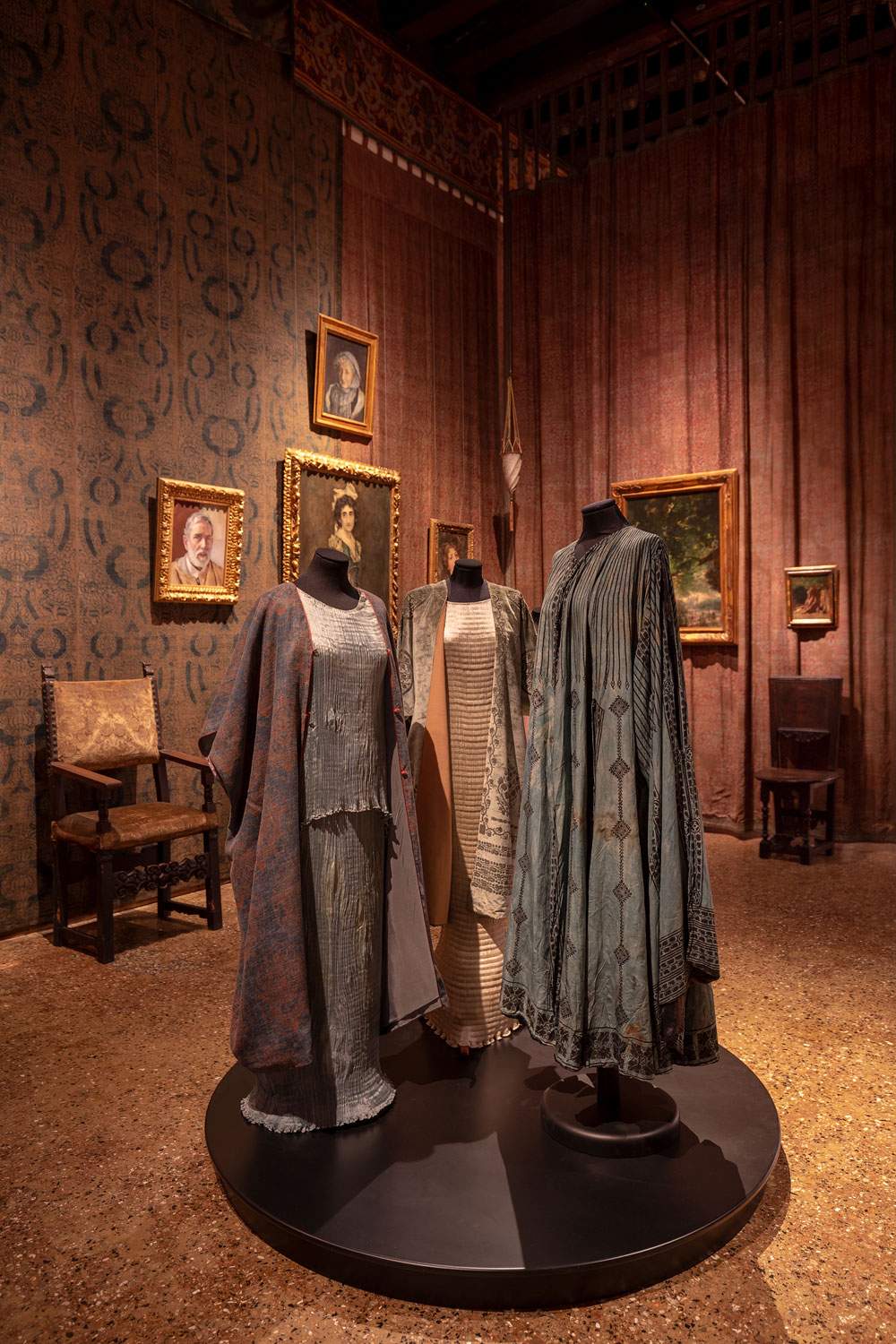The Fortunys. A family history.
Until November 24, 2019, on the occasion of the 70th anniversary of Mariano Fortuny y Madrazo’s death, Palazzo Fortuny in Venice celebrates the multifaceted Spanish artist with an exhibition entitled I Fortuny. A Family History, highlighting the importance of the family context in his artistic formation: for the first time an exhibition is dedicated to father and son, Mariano Fortuny y Marsal (1838-1874) and Mariano Fortuny y Madrazo (1871-1949).
The exhibition aims to investigate two themes that the two artists have in common: the practice of painting, strongly embedded in the European tradition of the Old Masters, and the passion of collecting understood as an opportunity for study and artistic reworking.
Marcel Proust had already emphasized the latter aptitude in Fortuny son, for according to the famous French writer, it is precisely by bringing past drawings to new life that his power as an artist is revealed: this was influenced by the family context and a particular way of collecting, studying and reworking the artifacts that came from other times and other cultures. His father, Mariano Fortuny y Marsal, had cultivated his passion for antiques by surrounding himself with antique textiles, glassware, pottery, weapons from centuries past, statues, furniture, and carpets, with which he decorated his atelier and from which he took inspiration to include in his paintings, often transformed or reinterpreted. Many of these objects remained in the family after his untimely death, others were sold, but his wife Cecilia kept photographs, sketches, studies or canvases in which they were portrayed: an important nucleus of the collection remained in the family and was kept first in Palazzo Martinengo and finally in Palazzo Pesaro Orfei, the current home of the Fortuny Museum. However, after the death of his son, only a small part of the exhibits remained in Venice: parts of the collection were donated to various European museums at the behest of Mariano and his wife Henriette and are currently in Barcelona, Castres, London, Madrid and Paris. The exhibition therefore aims to partially recompose this collection, bringing back to the evocative spaces of Palazzo Fortuny some of the objects and works that made up the collection.
These include a Hispano-Moorish majolica vase with metallic lustre decorations with golden reflections unique in size, artistic quality, and integrity, from theHermitage in St. Petersburg: this is the Vaso del Salar, also known as the Fortuny Vase, 117 cm high and fitted with a zoomorphic bronze base designed by Fortuny Marsal himself. This is the first time the vase has been exceptionally loaned by the Russian museum.
From the Prado Museum comes one of Fortuny Marsal’s most significant paintings, The Painter’s Children in the Japanese Salon, an oil on canvas in which little Mariano is seen playing with a fabric decorated with oriental motifs.
Visitors also have the opportunity to admire awide selection of clothes: the Delphos, capes and cloaks made of silk velvet, Knossos shawls made of very light gauze, from public and private collections, from Italy and abroad. And also antique textiles, shields, daggers and preciously decorated armor, engravings, watercolors and drawings, models for stage sets, photographs, work tools, to recreate the atmosphere of intense creation that animated the palace.
Father and son had other things in common: a focus on light and its infinite metamorphoses, a fascination with the depiction of clouds, a never-ending study of the past, Orientalism and travel.
While in painting his father’s technique and hand remain unsurpassed, it is in the versatility of application of his ingenuity that the son reveals his talent. Combining art and science, art and technology, the latter ranges from the fields of painting and sculpture to photography, graphic design, interior decoration, clothing, set design, and lighting engineering: producing textiles, clothing, tempera colors, patenting technological inventions, and creating a thriving business.
The exhibition is part of MUVE Contemporary 2019.
Ph.Credit Marcello Venturini
 |
| The Fortunys. A family history. |
Warning: the translation into English of the original Italian article was created using automatic tools. We undertake to review all articles, but we do not guarantee the total absence of inaccuracies in the translation due to the program. You can find the original by clicking on the ITA button. If you find any mistake,please contact us.





























